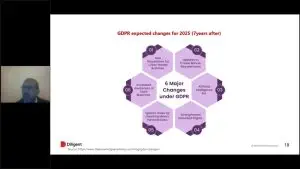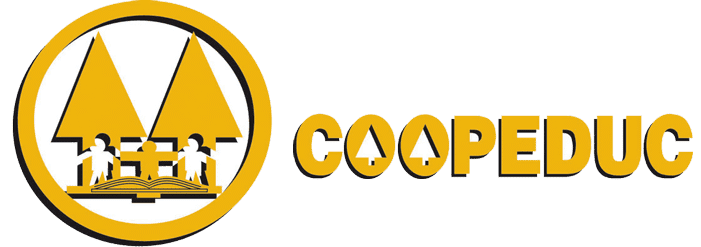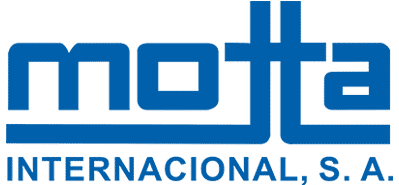Compliance teams using Compliance Management will follow the process outlined below.
- Identify and assess high-risk compliance areas
- Perform risk assessments on business initiatives, policy changes or regulatory changes.
- Identify, track and measure those risks and allocate resources appropriately.
- View real-time dashboards of the compliance risk inherent in your business activities.
- Map of control requirements to determine gaps
- Import regulations from our extensive library.
- Map controls and procedures to regulatory or policy requirements to identify gaps in coverage.
- Rationalize non-hedging to ensure a defensible position.
- Monitor changes to regulations and easily review or update controls that have been mapped.
- Check the effectiveness of controls and processes
- Use pre-constructed risk and control frameworks containing examination procedures to check the readiness of examiners.
- Test the controls that are assigned to the requirements to determine coverage.
- Monitor, automate and communicate problems
- Use data analytics and automation to analyze transactions, records, and activities to determine noncompliance issues.
- Monitor the KRIS, create visualizations to communicate these findings to the organization.
- Automate action plans and workflows to remedy issues.
- Engage with the front line, gather the relevant information directly within the platform.
- Report to executives
- Use real-time dashboards and visualizations.
- Provide compliance and oversight assurances to management, regulators, and other stakeholders.
- Easily produce comprehensive reports.




















